Asoleo or Soleo is a process of sun-drying grapes before pressing them. In the D.O. Jerez-Xérès-Sherry, it is primarily used for Moscatel and Pedro Ximénez grapes.
The grapes are dried in the sun, in open air, after placing them on esparto (straw) mats, usually round mats called redores. At night they are also covered by mats if dew is expected. Free flowing air is essential, as is a low humidity to avoid the rotting of the grapes.
The asoleo usually lasts one to three weeks, but it depends on the weather conditions and the type of wine being made. Grapes loose about 10-15% of their weight in water. Contrary to what you may think, the soleo process actually reduces the total (absolute) amount of sugar, but with less water the proportion of sugar is increased (from 300 grames per litre of must to around 450-480 grams per litre).
This practice is less common nowadays as the asoleo is such a labour-intensive work: the grapes are carefully spread out by hand and turned over once a day, while removing any unhealthy bunches.
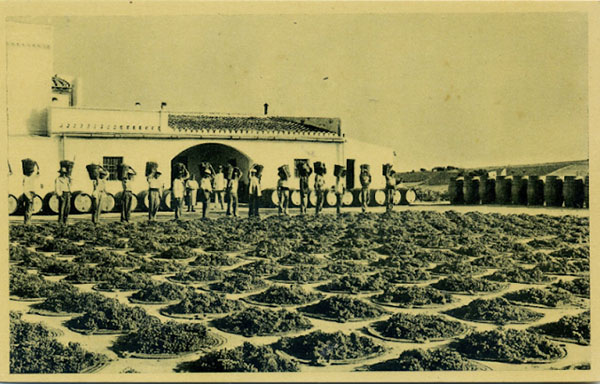
No one seems to know when the soleo process began: some believe it goes back to Roman or Greek times, but other sources claim it was introduced by the Moors. What is certain is that asoleo was used by all sherry producers in the early 1800s. When fortification was not a widespread practice, Palomino grapes underwent some asoleo as well, as Palomino naturally produces a low alcohol must.
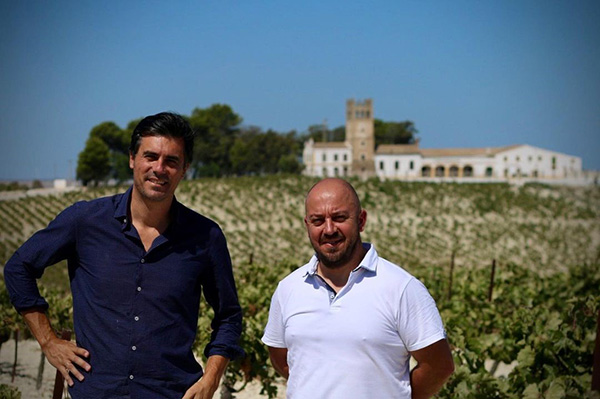
A new generation of winemakers, like Willy Perez and Ramiro Ibanez, are reviving this practice under Bodegas Luis Perez and the revived Manuel Antonio de la Riva. By leaving Paolmino grapes to undergo a 6-8 hours asoleo, they can produce wines in the the traditions of Marco de Jerez. Examples include Bodegas Luis Pérez Fino Caberrubia NV Saca III and Manuel Antonio de la Riva ‘ La Riva, Vino de Pasto’ Pago Macharnudo Palaminio 2018; fino-like wines produced without fortification.
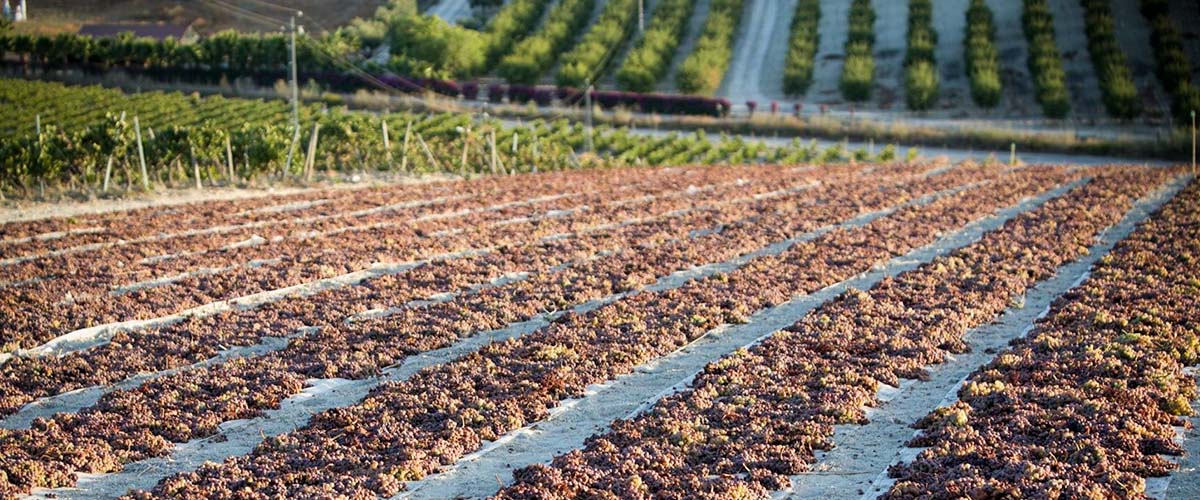


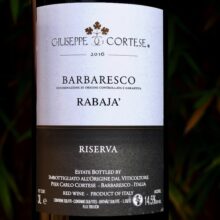
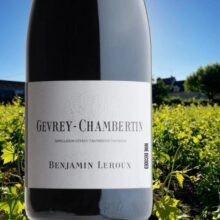
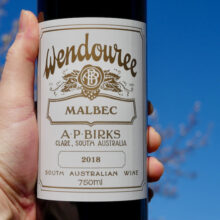
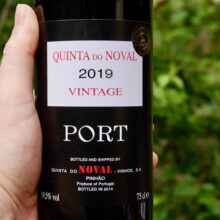
You must be logged in to post a comment.